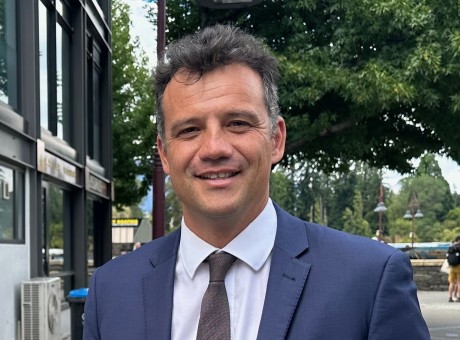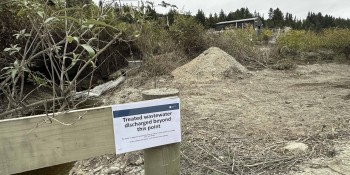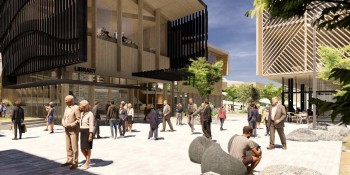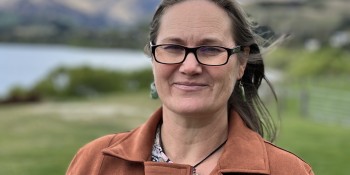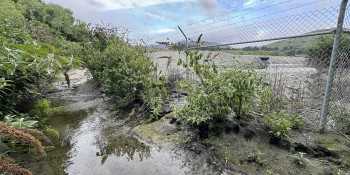Lindis, The Neck, Makarora: chipping away at mobile black spots

A cell tower at the Lindis Pass summit is the latest in a number that are dealing to notorious highway blackspots across the region.
Motorists on the alpine driving route may have spotted the tower at the carpark at the high point of the pass or heard the unexpected ping of a message received in an area that has until now been a mobile phone redundant zone.
All three established mobile operators – 2degrees, Spark and One New Zealand (formerly Vodafone) – have access to the infrastructure, which provides a little more than three-and-a-half kilometres of coverage.
The tower runs off solar power, with a backup generator for periods of limited sun, which makes sense on a highway that periodically closes for snowfall over the winter months.
It is not a one-off – a chunk of government-collected money has been put aside to improve connectivity at remote visitor destinations and on danger roads across the country.
And we’re seeing the benefit in this neck of the woods.
Similar towers have sprung up at The Neck, sandwiched between Lakes Hāwea and Wānaka, the Blue Pools, Makarora and Makarora South, and three other sites through the Lindis Valley.

Noticed improved mobile phone coverage on local highways, including at The Neck between Lakes Wānaka and Hāwea? It is thanks to new cell towers popping up to create connectivity islands on dangerous roads.
The plan is to create islands of coverage that are sign-posted so road users can know where the coverage can be found and how far down the highway they need to travel to reach it.
At last count, the project had eliminated more than 1,200 kilometres of highway mobile coverage dead zones around the country – the target is approximately 1,400, so it is 86 percent of the way there.
In Otago, the total and counting is 149 kilometres of dead zone – already 102 percent of what was targeted.
Tanya Hansen, the communications boss at Crown Infrastructure Partners (CIP), which is managing the roll out of the Mobile Black Spots Fund, says the towers are about supporting safety on state highways as well as enhancing visitor experience at key tourist destinations.
So, put simply, the towers allow motorists in trouble to call for help as quickly as possible and tourists to upload selfies at iconic wilderness destinations in real-time.
“For state highways the top priority is to deliver coverage to the longest black spots, black spots with the highest traffic volumes, and those with the highest vehicle crash rates,” she says.
“Tourism areas were prioritised on the basis of visitor numbers per annum based on the International Visitor Survey.”
John Proctor is the chief executive of Rural Connectivity Group, a private entity that has 2degrees, Spark and One New Zealand as shareholders and CIP’s contractor for the installation of the towers.
He says the fund enables the three telecommunications players to go into areas that simply wouldn’t be economically viable otherwise.
“For instance, we’ve just got one at the end of the Routeburn Track.”
He says while he understands some people may resent the visual intrusion of the towers, he reckons they are what they are and people will start to accept them as they do light poles, directional signs and other infrastructure.
“Some countries have experimented with them look like trees and those sorts of things but, often after a while they rust and look even worse.”
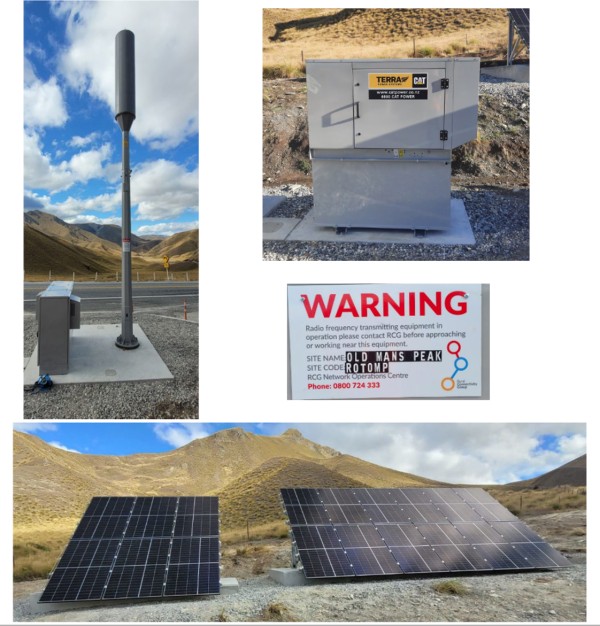
The Rural Connectivity Group's new cell tower installed on the Lindis Highway (Images: suppled).
Cromwell resident Ross Hansen, a now retired mechanic who was the AA’s call-out man locally, says he spent years lobbying for infrastructure to improve connectivity on highway dead zones.
He is happy to see moves to improve coverage for road users.
“I used to get called out in the middle of the night and, on the Lindis, trying to find someone…we had no way to communicate with anyone.
He remembers heading out to help motorist in trouble in inclement weather.
“I’d think ‘what am I doing lying on my back under a bus in the snow in the middle of nowhere with no communication’?”
He says he would like to see State Highway Six through the Kawarau Gorge prioritised also.
The project is funded by the government’s Telecommunications Development Levy, collected from telecommunications service providers each year, to up telecommunications capabilities in the public interest which are otherwise not expected to be available commercially, or which are unaffordable.







